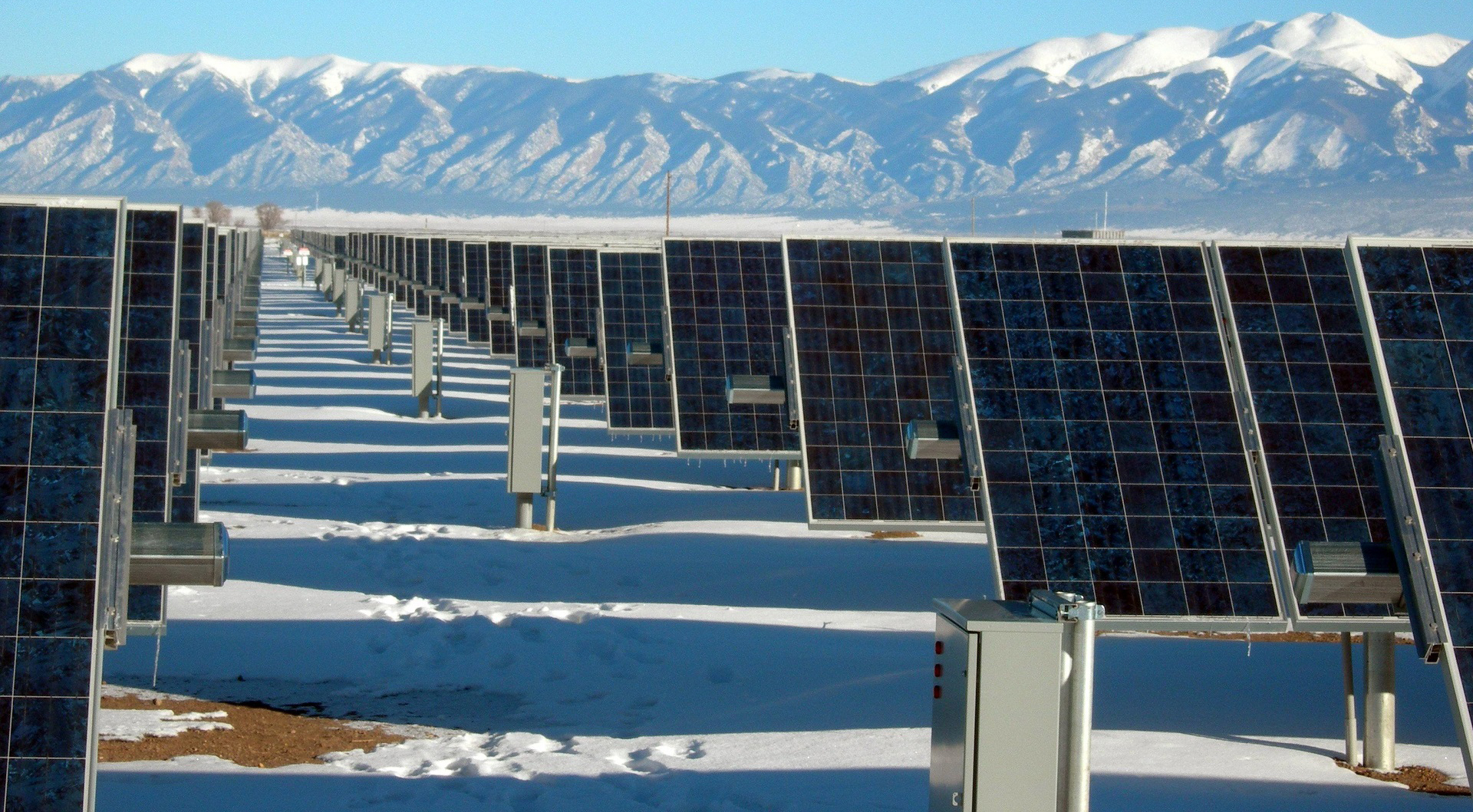While it’s absolutely true that the shorter days mean that there is less time for solar production, believe it or not, solar panels work better when the temperatures are cooler! And solar arrays are typically snow load rated.
For example, Washington DC requires that all solar arrays are rated to a minimum snow load of 30 pounds per square feet. Most solar panels are actually rated to 120 pounds per square foot. What does that mean? Well-compacted snow will have a weight of about 15 cubic pounds, which means that 2 feet of compact snow has a weight of 30 pounds per square foot. However, your solar panels can handle four times that! The average snowfall in a city like Washington dc is 37 inches, so that would mean that solar panels can handle three times the average total snowfall.



